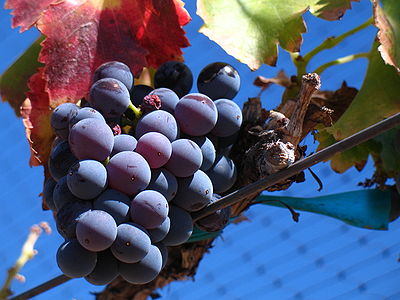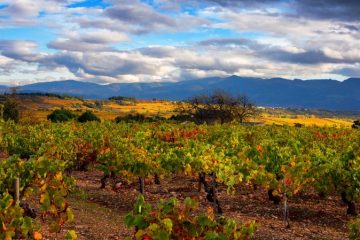Chardonnay has a bad reputation among a lot of wine lovers, and we think this is a terrible shame. True, there is some bad Chardonnay out there, but that is true of all wines. As far as we’re concerned, Chardonnay is just misunderstood, and we’ll try to address that here.
Anything but Chardonnay
You may have heard the acronym “ABC”, meaning “Anything But Chardonnay”. This is something that wine store workers, sommeliers and other professionals hear regularly from their customers. The reason for the Chardonnay-hate is difficult to pin down with accuracy, though one common thought is that a previously common practice of over-oaking Chardonnay in Australia has a lot to answer for. People tasted the wines and discovered a whole lot of oak and not much else. First impressions are important, and for many people their first impression of Chardonnay wines was also, unfortunately, their last.
Luckily, Chardonnay is an incredibly versatile grape. Let’s explore together the different Chardonnay-based wines.
Different styles of Chardonnay
Medium to full-bodied, oak-aged Chardonnay
The bad and overdone Aussie Chardonnay we mentioned earlier is an example of bad winemaking, and the use of oak in a misguided effort to make up for lacking quality. Thankfully, this sort of thing is the exception rather than the rule. Indeed, some of the very best white wines in the world are medium or full-bodied Chardonnay that have been aged in oak. The reference point for this style – and in fact for Chardonnay itself – is surely white Burgundy. Entry-level wines will be labelled simply “Bourgogne”, and from there quality (and price) rises considerably. The best examples will come from in and around the Côte de Beaune, from top vineyard sites like Corton, Corton-Charlemagne, Puligny-Montrachet and Montrachet.
Today, Australia is making some seriously good examples in this style. See for yourself with something like Lake’s Folly Chardonnay 2001 from the Hunter Valley region, or Pierro Chardonnay 2002 from the Margaret River. Another surprising example is Staete Landt Chardonnay 2005 from Marlborough in New Zealand – better known for its Sauvignon Blanc wines certainly, though this is a bold example of what else they can do there! The USA also produces some top examples, usually with top price tags to match too. Barrel-aged Chardonnay wines from the Livermore Valley region have a particularly strong reputation.
Light-bodied, fresh Chardonnay
The point of reference for this style actually comes from Burgundy in France, though from a distinct subregion: Chablis. Chablis is 100% Chardonnay, with steely characteristics and a very clean and refreshing flavour profile. There is no oak ageing, so the aroma and flavour of the fruit itself comes to the fore. Other regions producing Chardonnay in a somewhat similar style include various parts of New Zealand – check the label for reference to “no oak”, “unoaked” or similar.
Sparkling Chardonnay
Did you know that Chardonnay is one of the three classic grape varieties in Champagne? Most Champagne wines are a blend of Chardonnay with the red grapes Pinot Noir and Pinot Meunier, so most Champagne has at least some Chardonnay in there. The truest expression of Chardonnay in the sparkling wines of Champagne, however, is surely Blanc de Blancs Champagne. This style is a white Champagne made from 100% Chardonnay and is a highly refined and elegant Champagne. Blanc de Blancs grapes tend to come from the top sites within the Côte des Blancs and Côte de Sézanne subregions. Generally speaking, Blanc de Blancs Champagne is of a very high quality – it’s difficult to find a bad example. Some of our favourites are Ruinart Blanc de Blancs and Esprit de Giraud Blanc de Blancs.
[cta_generico id=2596]


